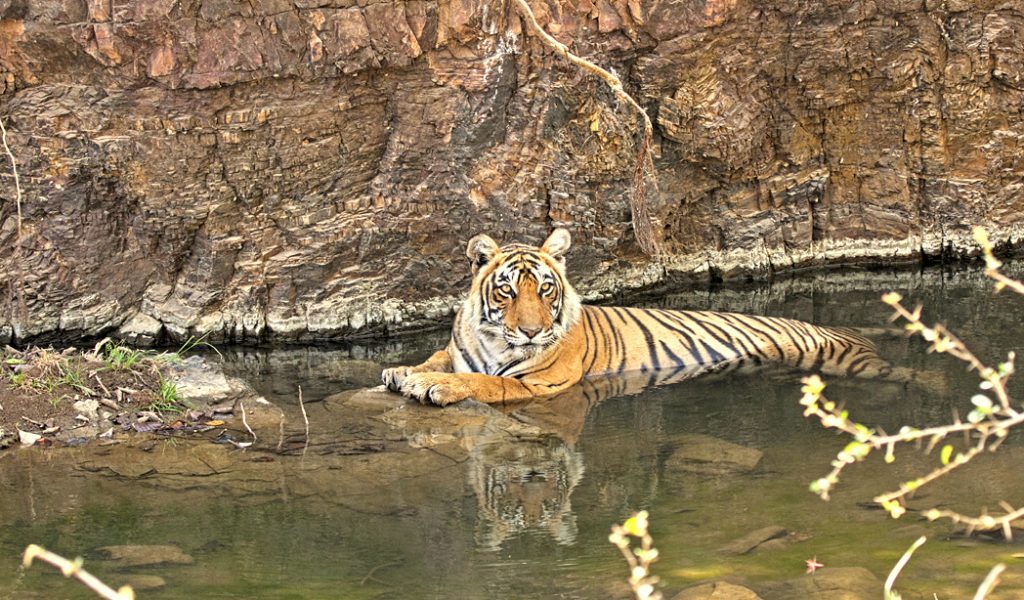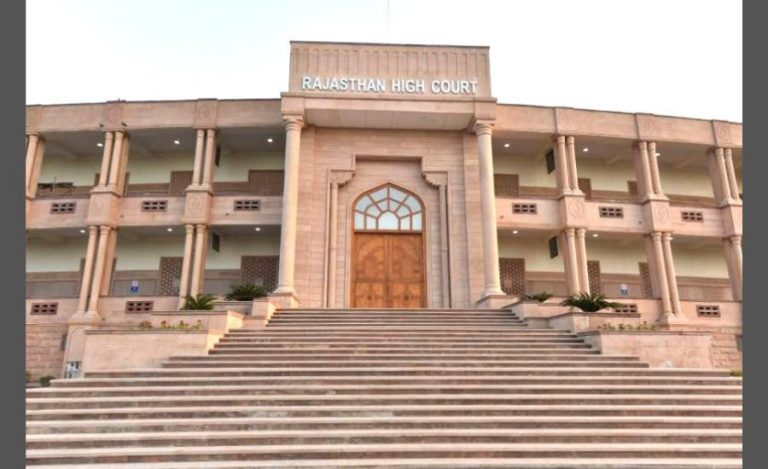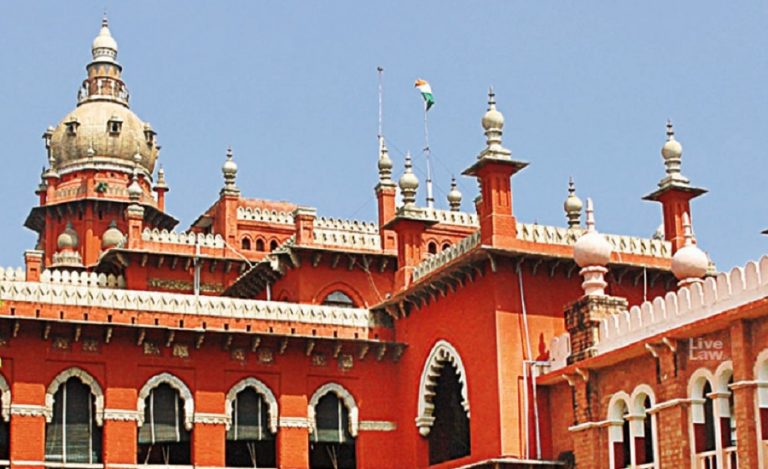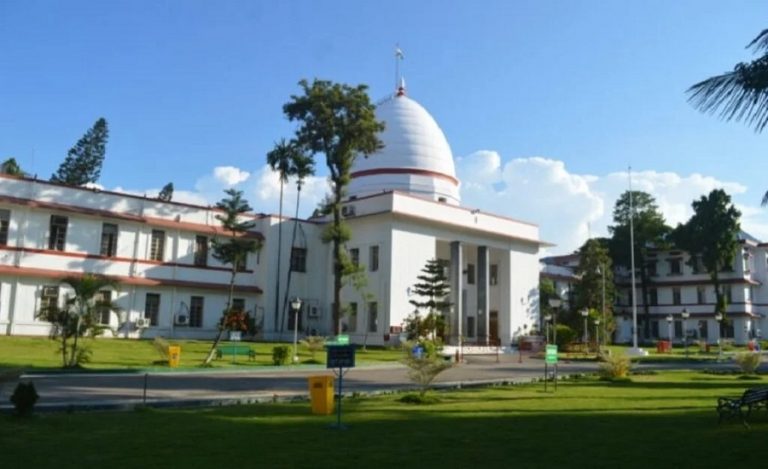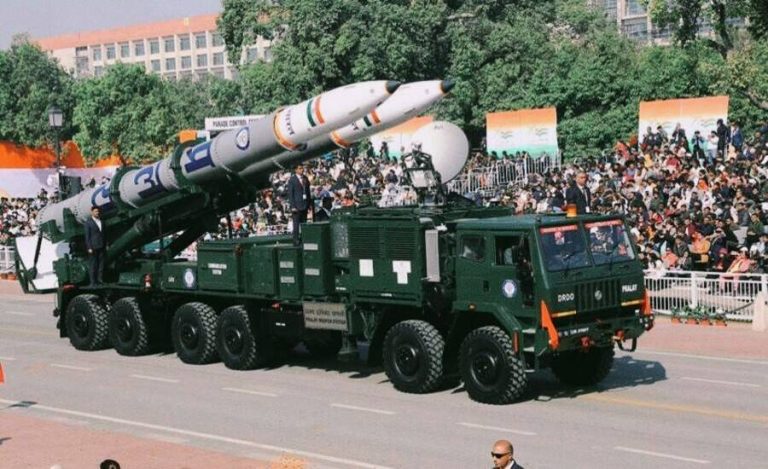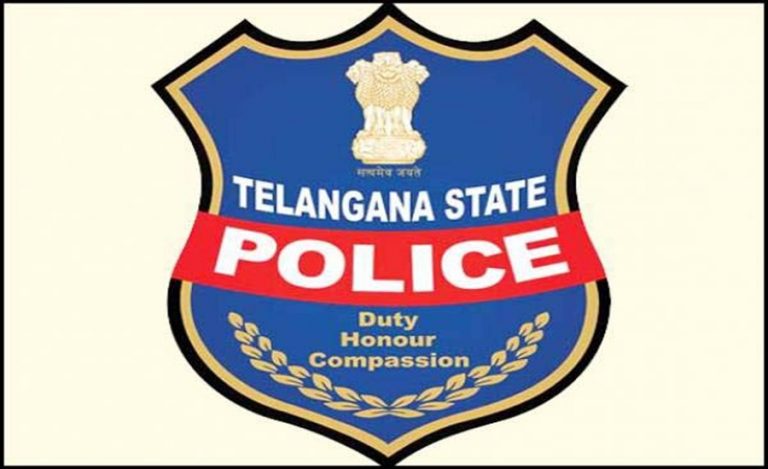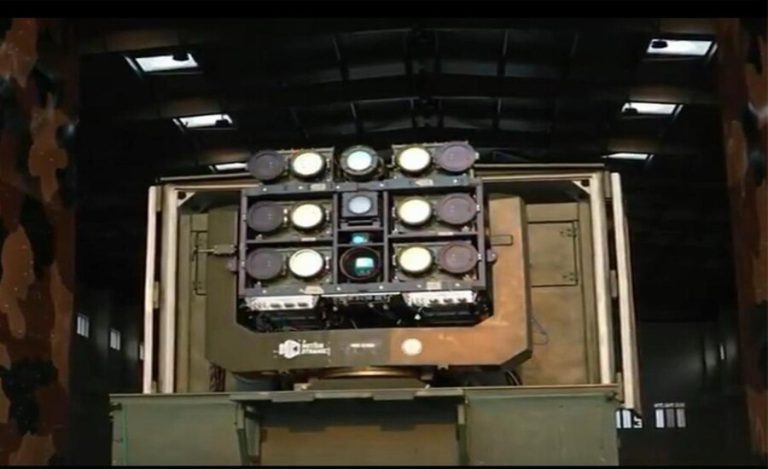When Mudumalai Tiger Reserve (MTR) of Tamil Nadu was formally declared as a tiger reserve in 2007, it was regarded as a critical tiger habitat, but over time, with the sustained efforts of the forest department, the tiger population has flourished and it now has around 124 of them.
Then, again, for many years, this tiger reserve had faced water crisis during the summers creating problems in the conservation works. However, the problem has been brought under control, thanks to the efforts of the forest officials.
During an exclusive conversation with Indian Masterminds, the field director of MTR, Mr. K Venkatesh, shed some light on how they tackled the water crisis and, also, the man-animal conflicts on the highway going through the reserve.
ABOUT MTR
Situated in the Niligiris mountains of Tamil Nadu, Mudumalai Tiger Reserve (MTR) covers 321 square kilometers area. This reserve is contiguous to Bandipur Tiger Reserve, BR Tiger Reserve and Wildlife Sanctuary in Karnataka and Sathyamangalam Tiger Reserve forming the Nilgiris biosphere landscape with over 280 tigers. MTR was declared as a tiger reserve in 2007 and it alone has around 124 tigers.
WATER CRISIS
The Sigurhalla river, which was once full of life with various species of fish, mostly remains dry during the summer. This crisis started after the construction of the Kamraj Sagar Dam. Since this river flows through the Mudumalai Tiger Reserve, its drying up results in water and food crisis for the animals and some nearby villages leading to more human-animal conflicts. Talking about the crisis, Field Director KTR, Mr. K Venkatesh said, “From mid-March to mid-May, the reserve faces this crisis. During this period, the grass also dries up leading to lack of food for both herbivores and carnivores. The department has ensured various efforts to maintain 20% water flow in the Sigurhalla river, based on a court order.”
WATER TROUGHS
Since the Sigurhalla river dries up in the summers, the MTR depends on the Mayor river for water. Even in the summers, this river has decent flow of water, which is used to maintain the water levels in several natural wells inside the reserve. Most of the animals depend on these wells for water.
Several check dams have been build to store water in those wells. “These wells are not enough for the whole areas. In some places like Sant road or the buffer areas, animals go a long way in search of water. Sometimes, they also enter human habitat. To avoid this, the department first researched about the areas where most animals congregate. Based on the results, many water troughs (water storage structures) have been built. We use tractor mounted tanks to fill these storage structures with water from the Mayor river,” Mr. Venkatesh said.
MAN-ANIMAL CONFLICT
The national highway 181 passes through the MTR. Many a times wild animals like elephants, bison, bears, tiger, and leopards can be spotted on this highway in the reserve stretches, especially during the tourist season. Mr. Venkatesh said that the department has set up many patrolling parties and watchers who cover the highway and ensure any sort of conflict does not take place. They have been provided with all essentials to drive the animals to the core area when they are spotted on the highway or in the buffer areas.
With timely interventions, the MTR officials and staff have been able to successfully tackle the water crisis and, also, managing to avert man-animal conflicts in the areas adjacent to the reserve.

